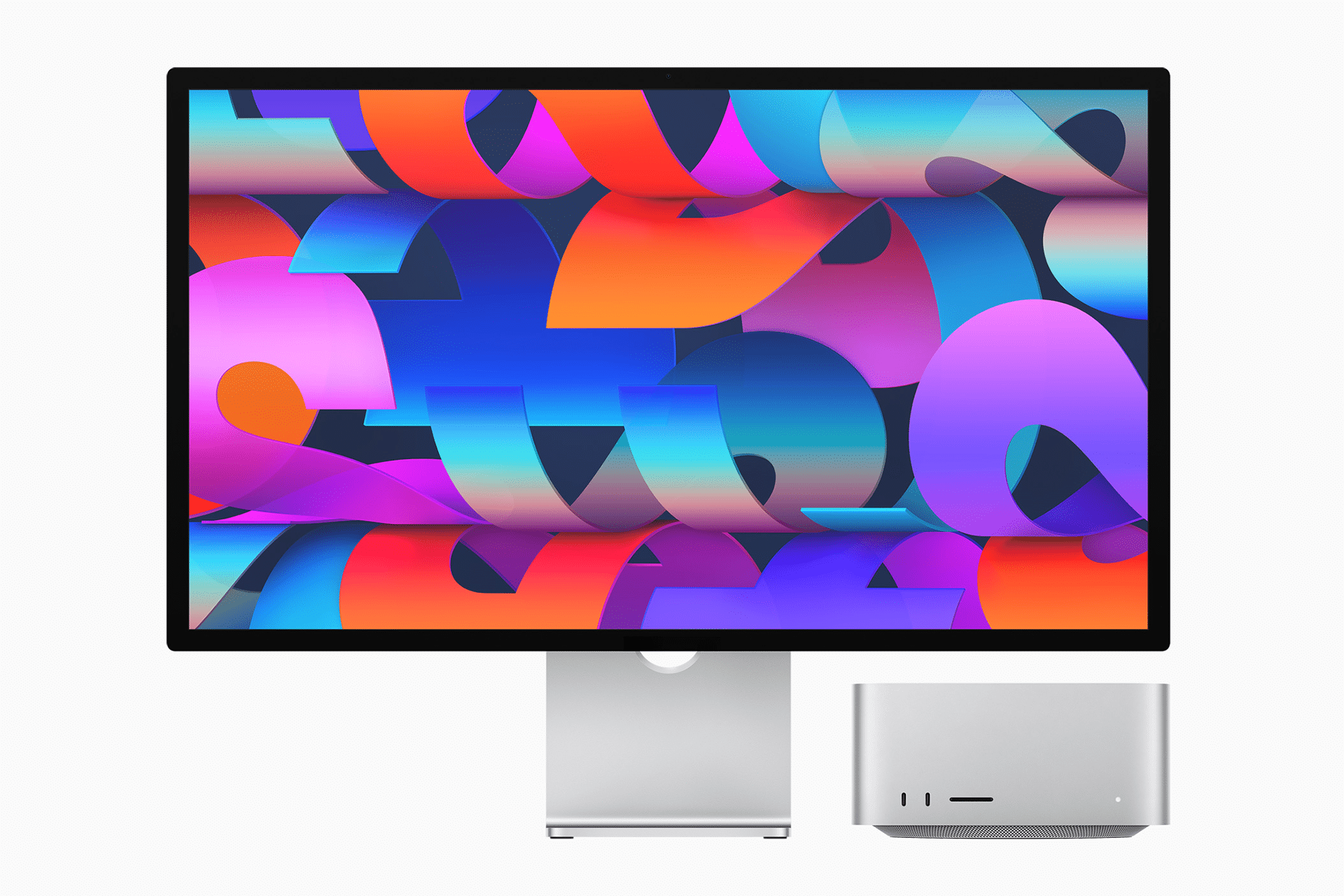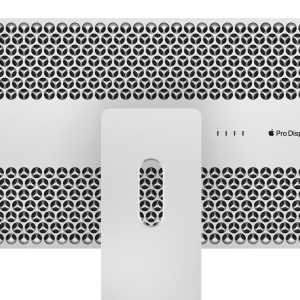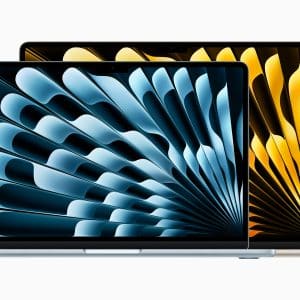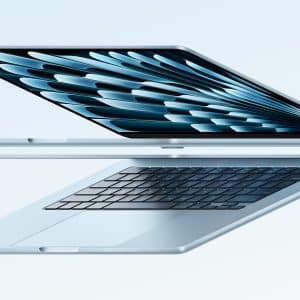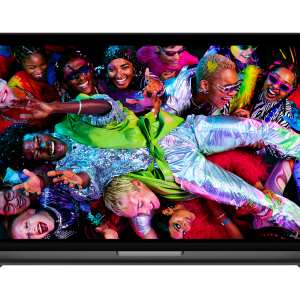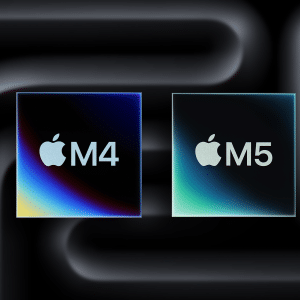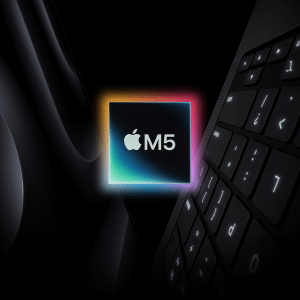The Apple Studio Display Mini-LED is rumored to bring multiple enhancements, including an upgraded panel, higher refresh rates, and improved brightness levels.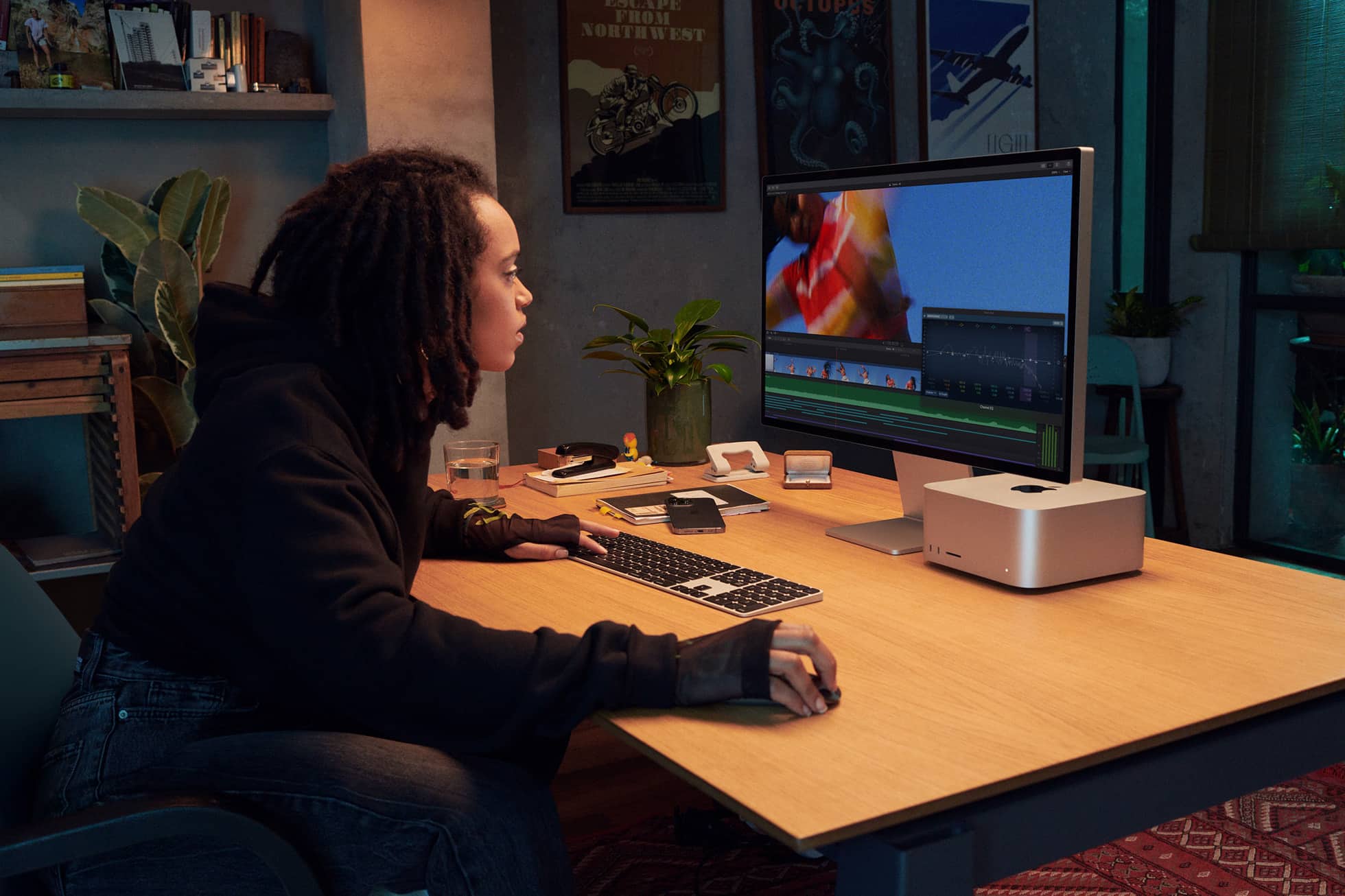
1. Mini-LED Panel for Enhanced Brightness and Contrast
The biggest upgrade in the Apple Studio Display Mini-LED is the transition from a standard LCD to a Mini-LED panel. This change will bring:
- Higher peak brightness, making it ideal for HDR workflows.
- Better contrast ratios, allowing for deeper blacks and more vibrant colors.
- Improved local dimming, reducing blooming and backlight bleed.
Apple has already implemented Mini-LED technology in the 12.9-inch iPad Pro and MacBook Pro, and bringing it to the Studio Display will align it with other professional-grade screens.
2. ProMotion for a Smoother Experience
Another major upgrade is ProMotion, Apple’s adaptive refresh rate technology. Currently available on the iPad Pro, MacBook Pro, and iPhone Pro models, ProMotion allows displays to dynamically adjust refresh rates up to 120Hz.
For users working with video editing, motion graphics, and gaming development, ProMotion offers:
- Smoother scrolling and animations.
- More fluid UI interactions.
- Reduced motion blur in fast-moving content.
This feature is a game-changer, especially for professionals using Final Cut Pro, Adobe Premiere Pro, and other creative software.
What Makes Mini-LED a Big Deal?
Mini-LED technology offers several advantages over traditional LCD and even OLED panels. While OLED is known for its deep blacks and perfect contrast, it also has issues with burn-in and lifespan limitations—challenges that Mini-LED helps to mitigate.
1. Better HDR Performance
With thousands of tiny LEDs, Mini-LED panels can achieve higher peak brightness and more precise dimming zones, significantly improving HDR content. This makes the Apple Studio Display Mini-LED a perfect fit for:
- HDR video editing and color grading.
- Professional photography workflows.
- Game development requiring accurate lighting effects.
2. Improved Energy Efficiency
Compared to traditional backlit displays, Mini-LEDs consume less power while maintaining brightness. This means users can expect a more efficient display without excessive heat buildup or high energy costs.
3. Less Screen Burn-In Risk
One of OLED’s biggest downsides is burn-in, where static images (like UI elements or logos) can leave permanent marks over time. Mini-LED technology greatly reduces this risk, making it a more durable solution for professionals who work with static content for long hours.
How It Compares to the Current Studio Display and Pro Display XDR
Apple currently offers two premium external displays:
| Feature | Current Studio Display | Pro Display XDR | Expected Apple Studio Display Mini-LED |
|---|---|---|---|
| Screen Size | 27 inches | 32 inches | 27 inches |
| Panel Type | IPS LCD | Mini-LED | Mini-LED |
| Refresh Rate | 60Hz | 60Hz | 120Hz (ProMotion) |
| Brightness | 600 nits | 1,600 nits peak | 1,000+ nits peak |
| Contrast Ratio | 1,000:1 | 1,000,000:1 | Higher than current Studio Display |
| HDR Support | Limited | Full HDR | Improved HDR support |
| Price | $1,599 | $4,999 | TBD (Likely between $2,000 – $3,000) |
From this comparison, it’s clear that the Apple Studio Display Mini-LED will sit between the two current models, offering Pro Display XDR-like features at a more accessible price point.
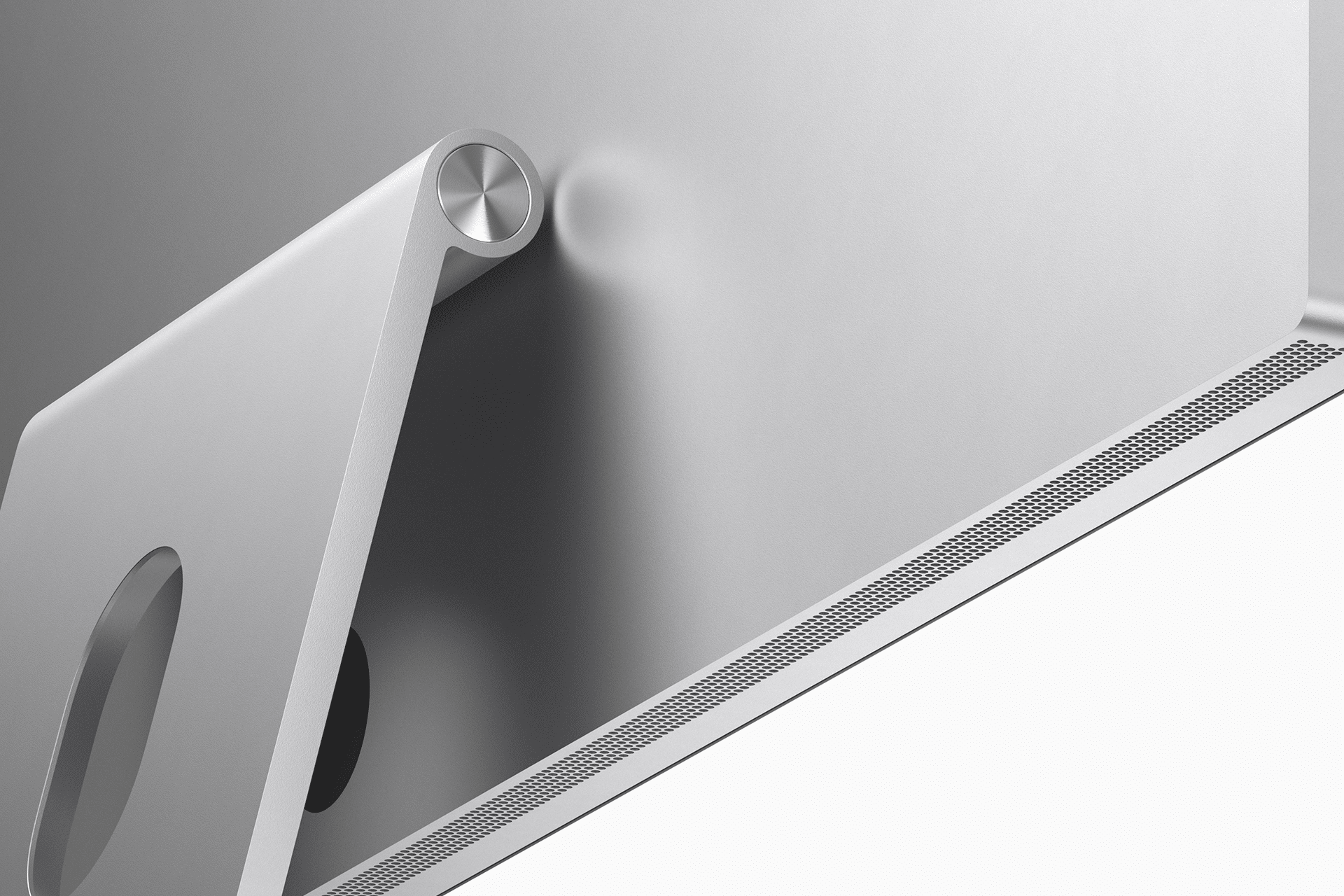
Who Should Upgrade to the Apple Studio Display Mini-LED?
With the expected improvements, the Apple Studio Display Mini-LED could be the perfect choice for:
✅ Professional Creatives
Graphic designers, video editors, and photographers who need better contrast, color accuracy, and HDR support will benefit from the Mini-LED panel.
✅ Motion Designers and Video Editors
The addition of ProMotion (120Hz refresh rate) makes the display ideal for motion graphics, animation, and fast-paced video editing.
✅ Mac Users Seeking a High-End External Display
For those using a Mac Studio, MacBook Pro, or Mac Mini, the Apple Studio Display Mini-LED provides a premium external display without the high cost of the Pro Display XDR.
❌ Who Might Not Need to Upgrade?
- Casual users who don’t require professional-grade display features.
- Users who already own the Pro Display XDR, unless they want a smaller or secondary screen.
- Mac users satisfied with their current Studio Display and don’t need 120Hz or HDR upgrades.
Pricing and Release Date Expectations
According to reports, the Apple Studio Display Mini-LED is expected to launch in late 2025. While Apple has not officially confirmed pricing, industry experts estimate it will be:
- More expensive than the current Studio Display ($1,599).
- More affordable than the Pro Display XDR ($4,999).
- Likely priced between $2,000 and $3,000, depending on configurations.
Apple may also offer multiple versions, including a base Mini-LED model and a higher-end variant with more dimming zones and enhanced HDR capabilities.
Final Thoughts on the Apple Studio Display Mini-LED
The Apple Studio Display Mini-LED is shaping up to be one of the most exciting external monitors for Mac users. With Mini-LED technology, ProMotion, and improved HDR, it will bridge the gap between Apple’s consumer and professional display offerings.
For creative professionals, this could be the ultimate upgrade, offering Pro Display XDR-like features at a more affordable price. If Apple delivers on the expected improvements, the Apple Studio Display Mini-LED could become the best external display for Mac users when it launches in late 2025.
